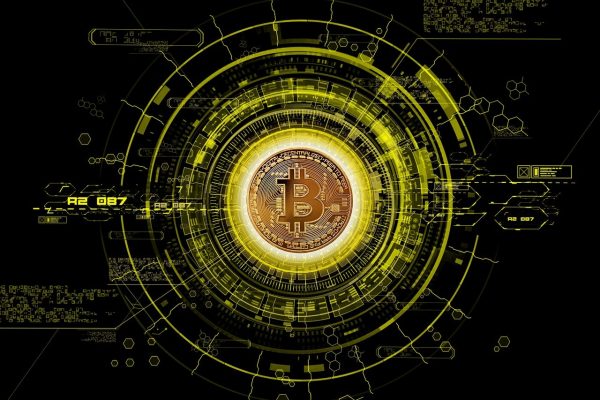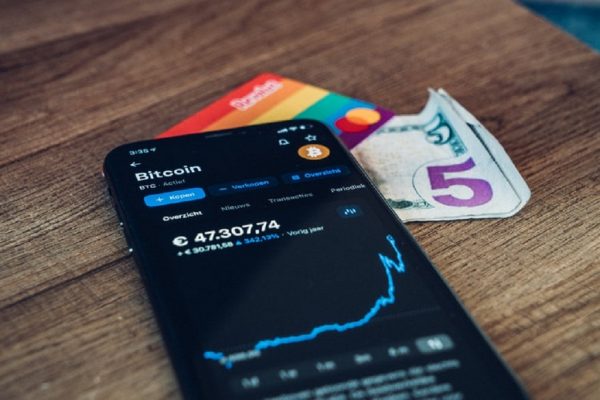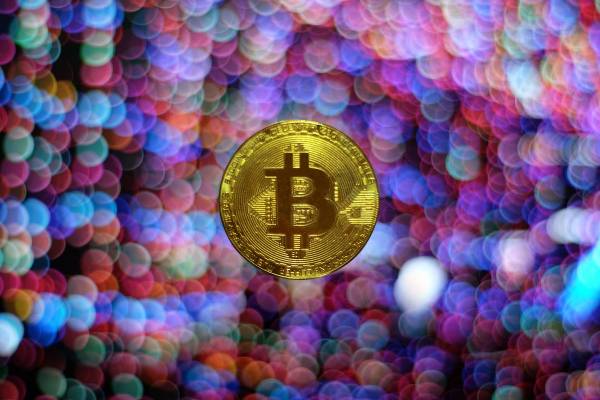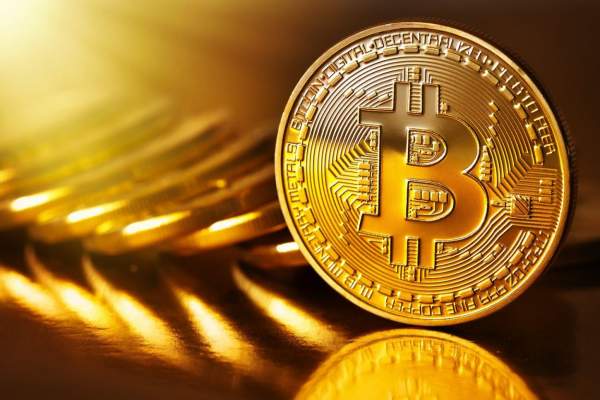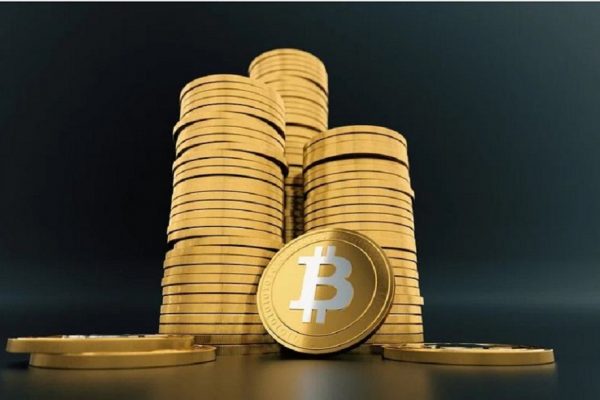NFTs are hip, it’s a billion dollar market, it’s art and it’s crypto! What’s there not to like? Unfortunately, there is more wrong with NFTs than can be said for them, especially from a financial perspective.
Contents
What are NFTs?
NFT stands for Non-Fungible Token, or non-exchangeable digital art product: a digital image, video, music file. It is non-exchangeable because it is based on blockchain technology.
The best-known NFTs are regrettably totally sky-hyped ‘baseball cards’ for your digital collectors album. When you say NFT, you immediately see these collectible pictures from the Bored Apes Yacht Club (featured image). However, there is also serious quality art from sincere (although gullible) artists to be found.
Investing in NFT too risky
Interest in NFTs has fallen 92% since last year. The price of the NFT market is extremely unpredictable. Sometimes the NFT space follows cryptocurrency closely but it’s no guarantee. The last cryptocurrency crash in May 2022 did cause the value of NFTs to fall precipitously with the cryptomarket: from a total market value of 22 billion dollar to 10 billion.
Making money by investing in contemporary art is risky in itself – let alone if you buy contemporary NFTs. It is not advisable to invest in NFTs. See our tips on how you can invest safely with high returns.
Yes Fungible
NFT or Non-Fungible Token stands for “unique, non-exchangeable token”. However, an NFT turns out to be very easily exchangeable. This is contrary to what the name suggests. The blockchain does not contain the image file itself but only the proof of ownership that refers to the file, the actual artwork, be it an image, video, music file. That file is digital and can be copied completely without loss of quality. So you only own the ‘bragging rights’.
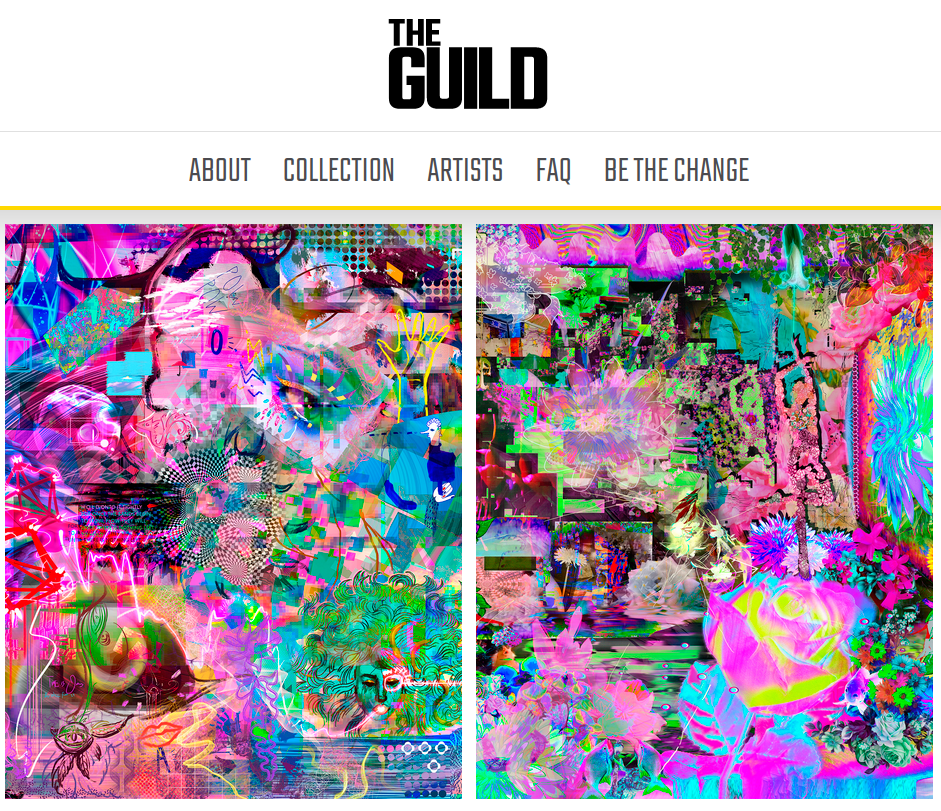
What blockchain do NFTs reside on?
NFTs, the ownership certificates that refer to the artworks that is, are without exception on the more risky altcoin blockchains: Ethereum (where NFTs started in 2015), Bitcoin Cash, Flow, Tezos and Cardano. As a serious investor, you can immediately forget these names again, because they are too risky.
How much does an NFT cost?
If you want to buy an NFT, it will cost you the market price. This is determined by the expected resale price, hoping to make some profit. The market price can fluctuate greatly. But what does it actually cost an artist to make an NFT?
First, the artist pays a fee (gas fee, service fee) to one of the NFT marketplaces. This fee is incurred to put the proof of ownership of the artwork on the blockchain and to be able to offer this proof on a marketplace. The fee can vary considerably, up to a 20% service fee. But sometimes you also have to pay high fees to exchange your won Wrapped Ether into Ether, for example.
NFT Royalties
For artists, by the way, NFT Royalties are quite a nice detail of this technology. Thanks to the possibility of NFT royalties, you can make money as an artist with every resale: every time the work is resold, a percentage keeps going to the artist. A traditional artist only receives money upon first sale of a work. The price usually only rises with later sales, which means that the artist himself would not profit from it.
This royalty system is not new: it was already possible offline. But NFT promises more controll whereas offline you’d need an agent to keep an eye out on all sale platforms for your previously sold artworks.
The vast majority of NFT artists do not make a profit or sometimes even have to add money. Yet billions of dollars circulate in the NFT world. So the question is: who is making so much from it if not the ones making the art? Indeed, the financial world that came up with the NFT idea in the first place.
Ecological footprint
The energy consumption of a secure proof-of-work blockchain (Bitcoin) is very high. The smaller altcoins, and soon Ethereum and thus all NFTs, operate on proof-of-stake blockchains that consume very much less energy but are also much more risky. Moreover, they ignore the reason Bitcoin was invented in the first place: decentralization. In proof-of-stake, the rich determine like feudal lords of yore.
Legally worthless
In addition, it is skewed to compare the energy consumption of bitcoin to that of NFTs when you consider that NFTs are actually unnecessary: unique proofs of ownership can also be created offline. And then, moreover, they are legally valid – much unlike NFTs which are far from legally settled.
NFTs do not give an actual ownership claim. It is merely a digital receipt, that you own a signed version of something – not the actual art work itself.

Washing money
Another common argument against NFTs is that it is widely used to launder money. It is true that a lot of criminal money goes into NFTs but that applies to all art, including offline art. After all, the price of art can be fiddled with; no one but you determines your taste. However, the inherent anonymity of the crypto base of NFTs and the use of shitcoin does indeed encourage the involvement of criminal money.
NFT scam
There is a lot of deception surrounding NFTs and the complexity of the NFT system greatly encourages it. Whether you want to buy or sell NFTs, for everyone it starts with you running into a huge wall of cluttered information. That’s not by accident. The more complicated it is, the more money there is to be made. Compare loans with their fine print. The NFT market may not be set up as complex with the intention of cheating but it can cost you a lot of money quickly either way.
There is a proliferation of websites writing how to “get rich quick with NFTs”. This indicates the kind of people who have been and will be attracted to this technique. Getting rich quick is in fact always a scam. That in itself should be warning enough.
Should you still want to buy NFTs despite that, and despite the other objections mentioned, here are a few examples of NFT scams. For starters, you’ll have to deal with the very simple links to risky websites and phishing. In addition, you also have more complex scams:
Creating false sales history
NFTs were not invented by artists but in the financial world. They are primarily a financial product that has only been adopted by enthusiastic creatives in the second instance – without much understanding of the financial trickery. The strict rules of traditional financial markets do not (yet) apply to NFTs.
So you also get a situation where NFT owners can “resell” their own NFT to themselves multiple times and thus create an artificial, false sales history and thus a false value. This is possible because the blockchain works anonymously at its base.
Theft
A recent report states that half of NFT owners have lost the key (and therefore the NFTs) temporarily at some point and a quarter have actually lost it permanently – often through scams (May 2022, PrivacyHQ). NY gallery owner Todd Kramer had 2.3 million dollar worth of NFTs stolen by hackers (January 2022, Vice).
After the grand theft from Todd Kramer, hackers tried to sell their stolen Bored Monkeys on NFT marketplace OpenSea. After a complaint, OpenSea blocked these stolen NFTs from being sold on their marketplace (not other marketplaces). This kind of intervention is centralized, which goes against the raison d’etre of the blockchain – and is arbitrary, since other stolen NFTs were not blocked from sale.
Back Pull
You may also be tempted to buy into an NFT project that raises a lot of money by associating itself with a successful NFT (e.g., the Bored Apes Yacht Club hype) – only to be stuck with worthless NFTs. This is called a Rug Pull.
Pump and Dump
Pump and Dump is another term you hear a lot about. With this term, a group of swindlers buy up a lot of NFT (often their own) in order to artificially pump up the price. When the price rises further due to hype, they dump their products by quickly cashing them in again.

Final word on NFTs?
As it stands now in 2022, NFTs as a financial product, with respect to investors that is, are inadvisable. Too much risk, too many downsides.
Yes, blockchain is the future. I also definitely think that artists are going to find a way to use it. It could be so beautiful: art can be collected without the high threshold of galleries; and artists selling independently and decentrally and continuing to grab percentages also on resales.
Yet I can’t recommend it to art collectors because you don’t really get ownership, someone else runs away with the artist money and it’s a highly risky investment. Nor can I recommend NFTs for artists when it comes to making money. At most to network and collaborate with fellow artists but you don’t need the blockchain for that.




